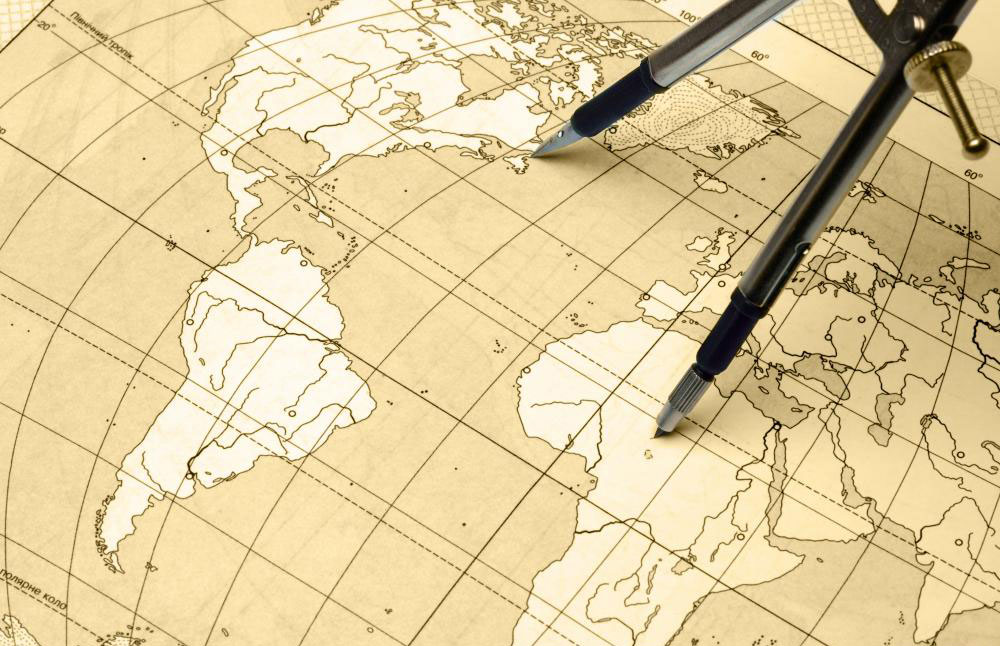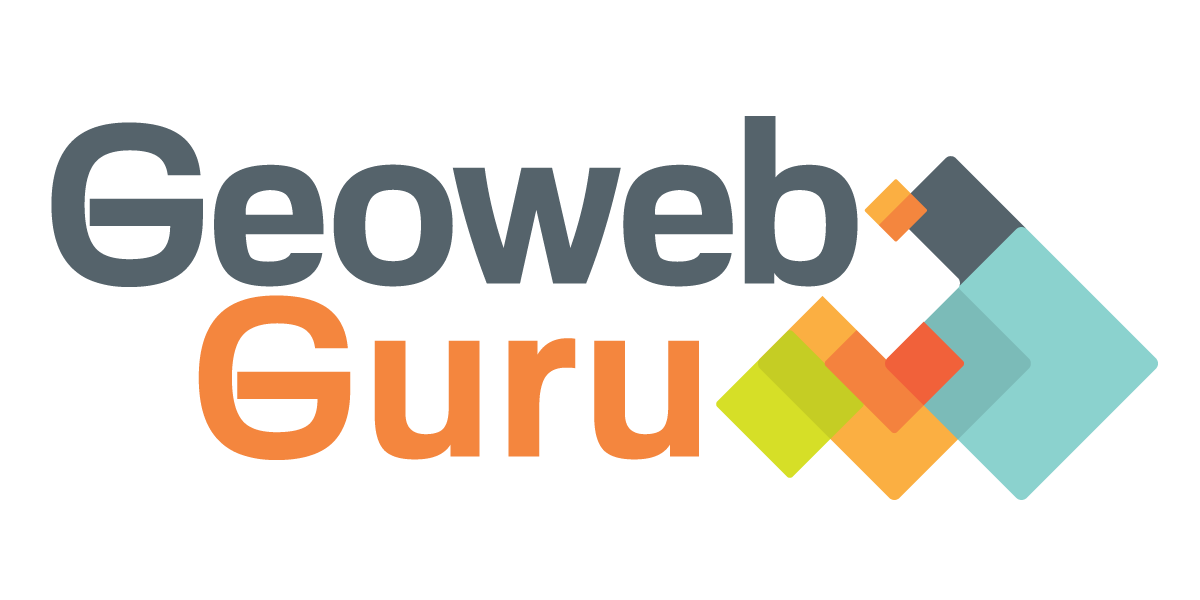Future of Mapping: From Outer World to Your Home
Maps were very important since the ancient times. Even from the first types of human habitation, maps were created in order to help people to move from a place to another. Maps and mapping have evolved during the times, according to the technological progress. In the following sections of this post, you will discover some interesting facts that are related to mapping from the past up to the future of this domain.
A short history of mapping
First of all, I would like to define what mapping means. Mapping is the use of graphics representing the important features seen on the Earth’s surface resulting in maps. If you think that a map represents those most important elements that you can see in the environment, I would like to inform you that a map shows even the relationships created among these features. Cartography is the art of creating maps.

Some of the oldest known maps are dated 2300 B.C., maps that have been preserved on clay tablets from the Babylonian period. Even Greek and Romans have created maps. The progress of society during the medieval period may be noticed also in the mapping domain. During the medieval period, the major representations on maps were related to the religion.
European explorations are very important in the progress of mapping. Many countries started to explore new territories in order to help the explorers to reach their destinations with the desire of expansion and trade. Many new maps and mapping instruments were created.
The Modern era came with the progress in some technological features. Due to this, the accuracy of maps has grown and the mapping processes were easier for cartographers.
Nowadays, during the digital age, mapping has moved into the digital environment and web mapping is growing every day, becoming an important domain in human lives.
Paper maps
After the printing press created in 1440 by Johannes Gutenberg, paper maps have become an important tool. After this invention, many publishing houses appeared and print maps started to become something usual for the Renaissance period. During this period, many people started taking interest to enrich their knowledge and learn more, even about maps and mapping.
A paper map is a static one and it can’t be used to see more details than the scale map allows. Every paper map has features such as a title, a scale, the surface that is the subject, a legend that has to explain the features, and the author. Because digital progress is very quick, the use of paper maps is declining every day. The future of paper maps is made of digital maps.
The technological progress and web mapping
The appearance of GPS and Computer Graphics has changed a lot the mapping domain. This started, when the Environmental Science Research Institute (ESRI) was founded in 1960 as the first private company in the Geographical Information System (GIS) domain. This company has revolutionized the mapping domain by the computational software and tools that were created.

Since then, digital mapping has grown very fast and many more companies were founded. Nowadays, the market of GIS software companies is rich and diverse, providing opportunities to those interested in digital mapping.
The rapid progress that may be seen in the computational domain can be noticed also in the digital mapping field. Currently, web mapping gains more interest in the society, accordingly to the mobile devices development. Using digital tools to create maps and to update them is more convenient and more attractive for users and developers. Future of mapping looks interesting with new possible developments. As the technology progresses, especially into the computational domain, the mapping domain will remain close to it.
This is a short introduction into the evolution of mapping during the centuries. Nowadays, we are responsible to create a bright future for web mapping because digital maps will help us in various ways. And don’t forget that maps can help us to discover the world, even if we can’t see the entire world.



